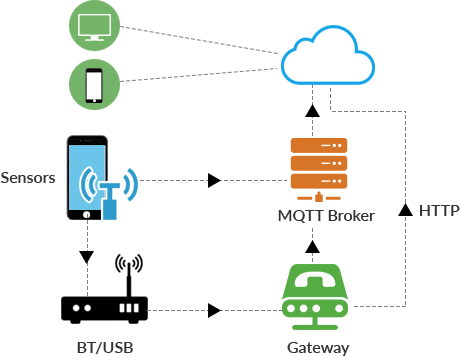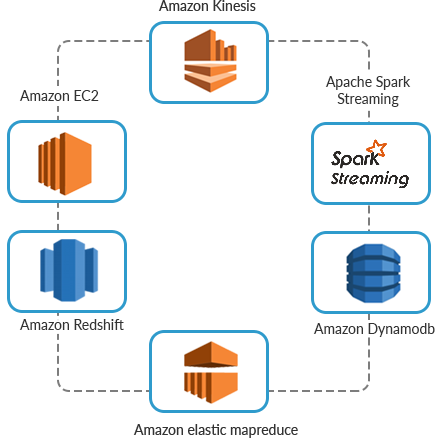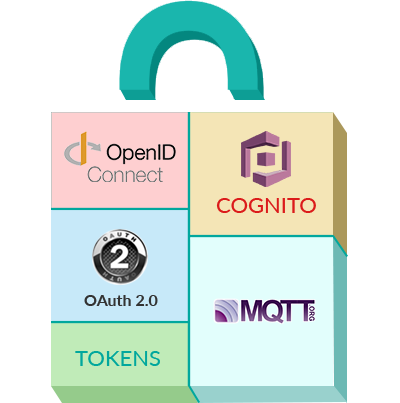


We hired them after a very thorough analysis. Their quality of the work has been spectacular and our team feels like they have a real trusted partner"
Peter Hovenier
VP, Boingo Wireless

The quality of work & personnel that we got from them was top notch. Their proactive solutions met our needs on every occasion.
Noel Cormier
VP-IT, BlueChip Inventory

Mobile Pundits helped brain storm & bring us a solution which would work not just for now, but for the future as well. They proved themselves in their ability to deliver an innovative solution, on time, on budget and with the quality needed.
David Rossien
CTO, Bullrun Financial
Next time when you receive a health status from your watch or a power bill from your Utilities provider – thank Cloud Computing for making these interactions with the hardware a possibility. Generating intelligent business analytics from the devices will not only make human interactions meaningful but also have a defining effect on how we go about doing things in our everyday lives.
With access to scalable Cloud Computing resources, the devices & sensors become Bots. Such Sensors / Devices generating a large quantum of data create a unique need for computation resources that can ingest this big data and perform work flow to respond in real time.
Identifying the right Cloud Components to use with your IoT hardware is a key challenge. Single -vendor architectures won't always work and Public Cloud won't always be the complete solution. Depending on whether or not the IoT device is a proximal or a remote usage device, you could consider AllJoyn or MQTT for connectivity options. Amazon provides Kinesis, Lambda, Redshift on the public Cloud, but you could also consider Mosquito, HiveMQ in the private cloud to orchestrate the workflow. Simply put, the options are abundant and plentiful.
Mobile Pundits IoT Development Team has worked since the days of M2M to make these meaningful IoT applications. Our IoT architects have thought through the problems of how to handle and store data, which types of architecture to build, and how to create scalability for enterprises so that you don't have to. A key consideration for handling the data generated by IoT devices is the rate at which it generates that data. This has a bearing on the communication protocol and computing resources, and security considerations should be kept in mind as part of a holistic 'IoT' solution.


